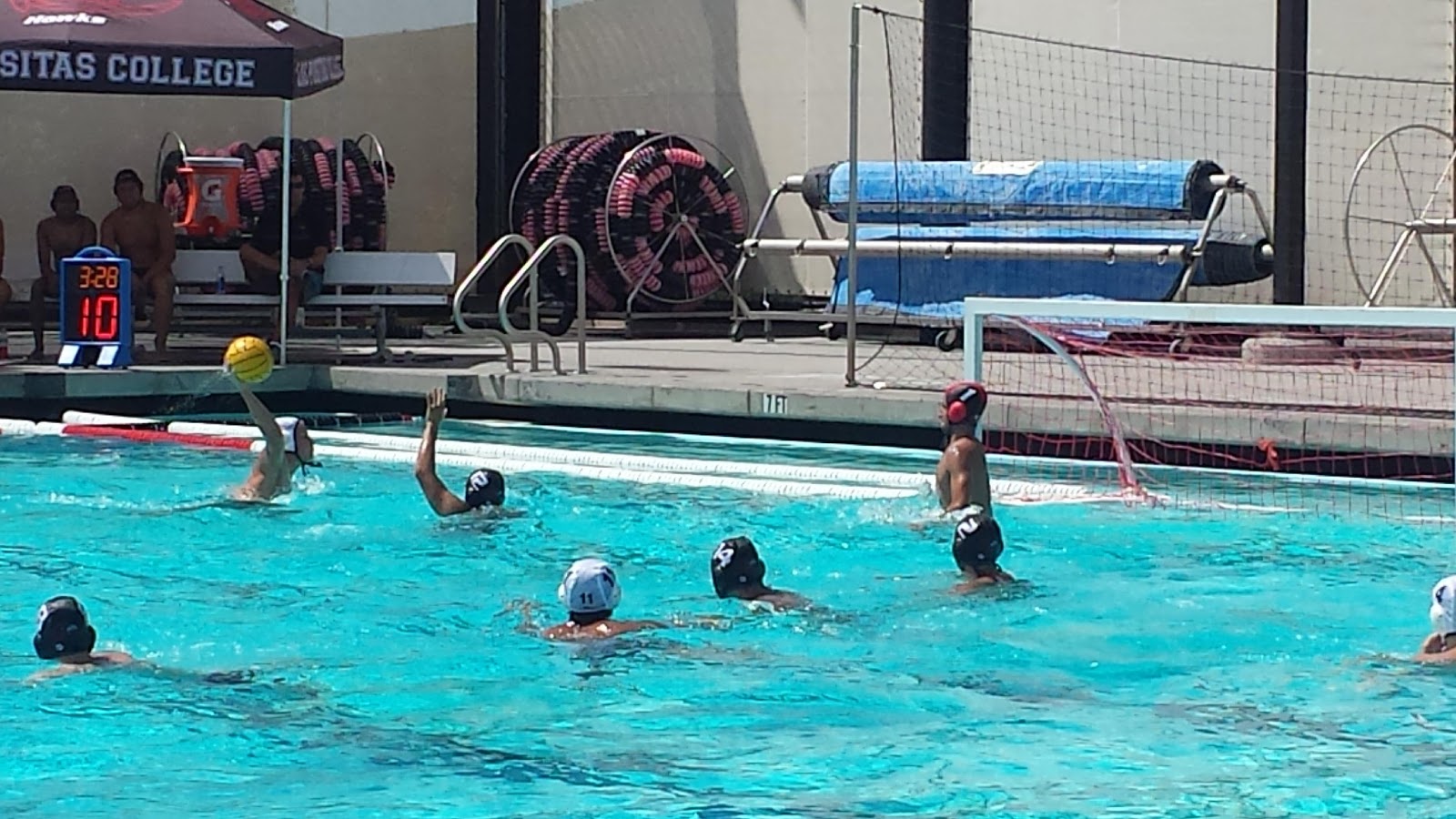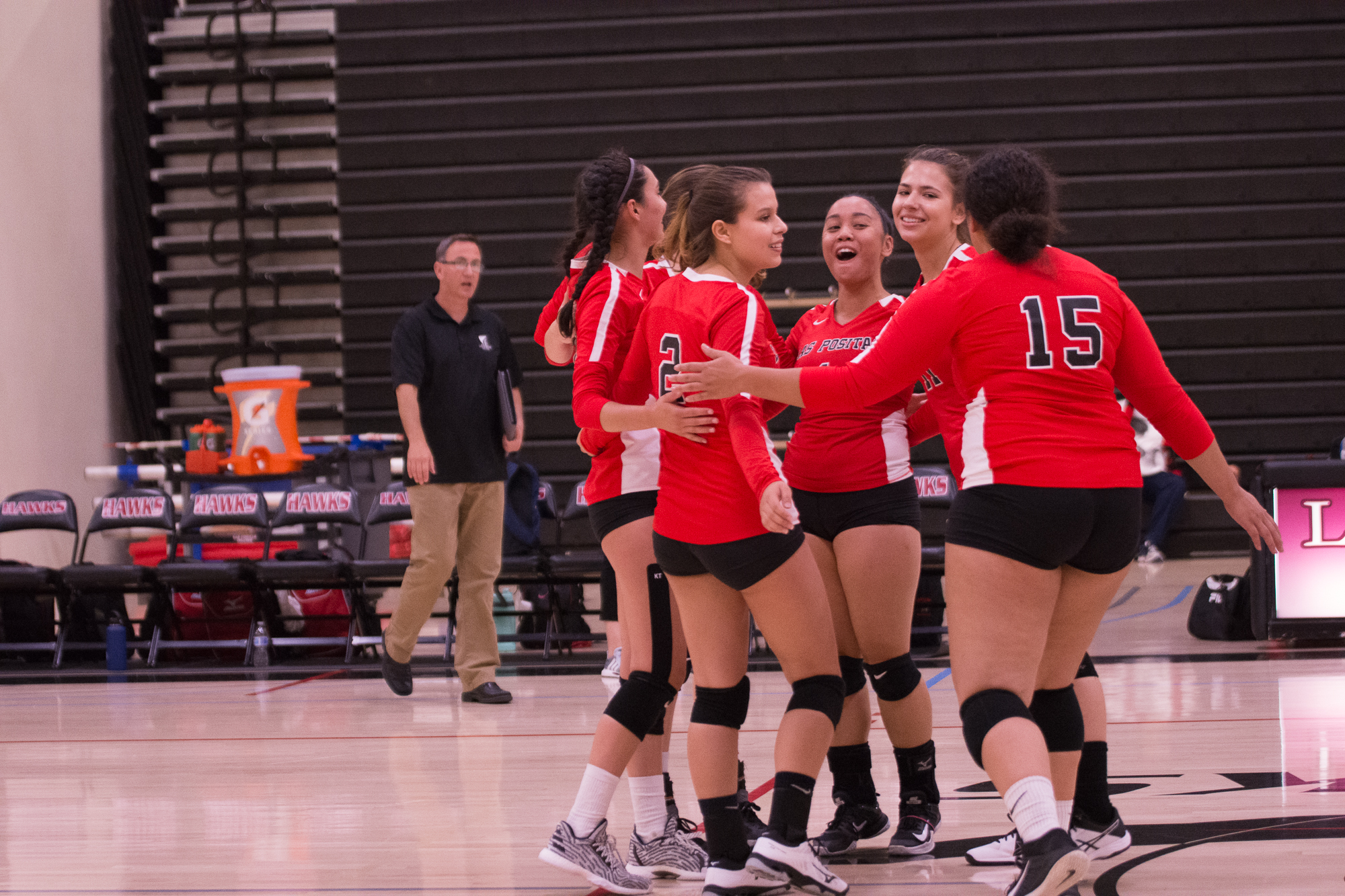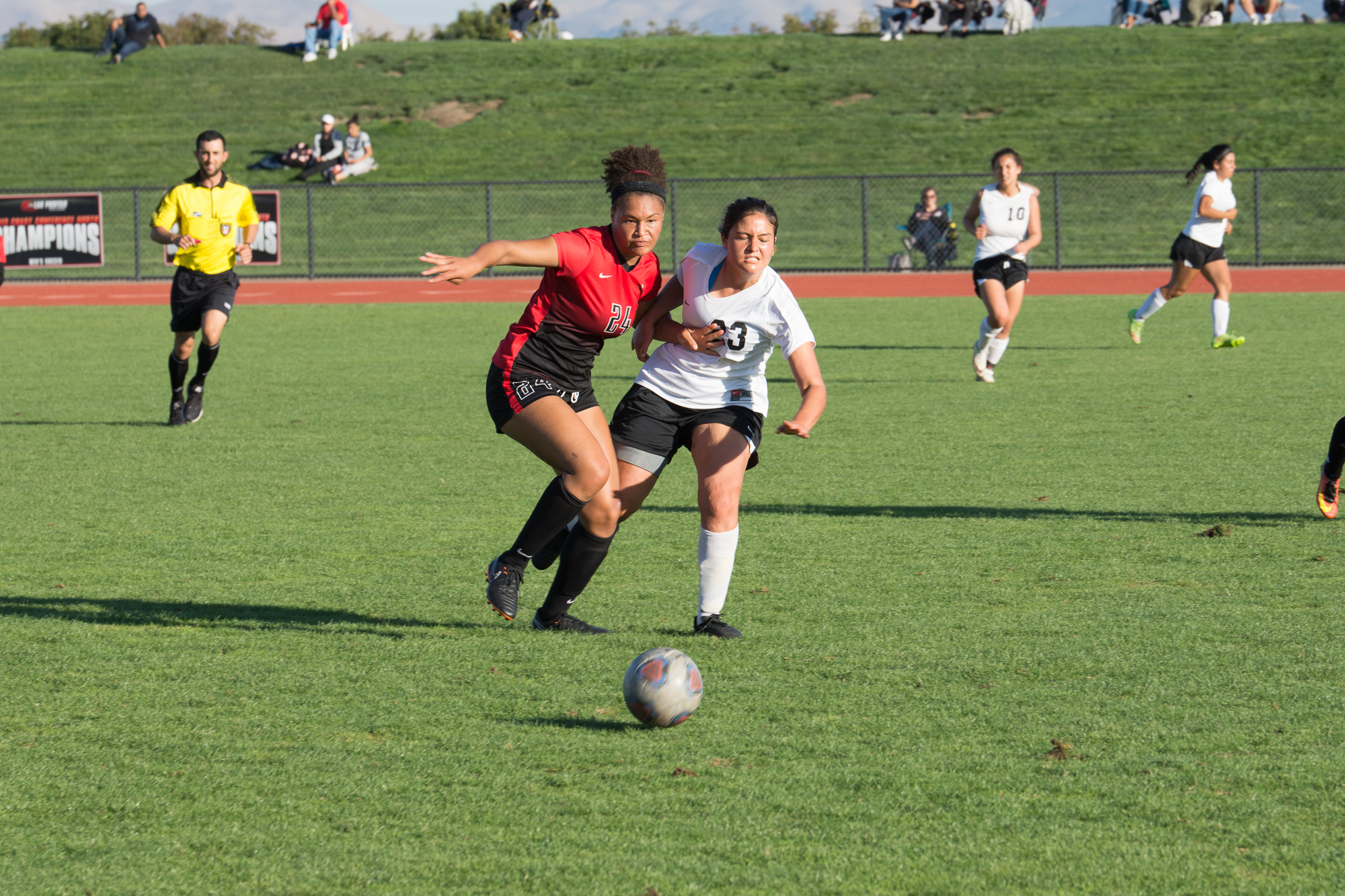When Paul Sapsford moved to the United States by way of London, he already had a pretty decent resume. Sapsford coached at soccer schools on behalf of Wimbledon and, Arsenal, among others.
Now, 15 years after coming to America, Sapsford has bolstered his resume with assistant positions on the staff of Stanford University and St Mary’s College in Morage. Now he has his own team.
Sapsford will be coaching the Las Positas women’s soccer team this season, his first yeah as a collegiate as a head coach.
He has some accomplished shoes to fill, too, after former coach Sissi Do Amor departed Las Positas for other pastures. Known internationally as “Sissi,” Do Amor represented her home country of Brazil during the 1988 women’s invitational, and has coached a few American clubs.
Las Positas, though, feels that Sapsford has what it takes.
“Extensive Coaching knowledge and experience at all levels, club, community college, St Mary’s and Stanford,” Athletic Director Dyan Miller told The Express in an email after being asked what he brings. “Access to four year college coaches so that student athletes will be scouted and recruited by more four year college and universities.”
Sapsford is also well educated.
Hailing from the discipline of psychology, he finished his Masters degree at St. Mary’s while also an assistant coach. He’s been an adjunct faculty member at Las Positas for seven years, and managed to catch more than a game or two from the sidelines.
In describing his coaching philosophies, the intellectual part of him shines.
He focuses on four elements, summarized by the acronym “SITE.”
“The S stands for Strategy, the I for Improvement, the T for Technique and most
importantly the E is for Effort,” Sapsford said in an email. “It’s important to praise effort because players can control their personal level of effort, and therefore this message reinforces to the athlete that they are in control of their performance. This will also likely build confidence and reduce anxiety.”
He also feels that Las Positas is a good fit, even though Sapsford has held posts at schools with much more notoriety. And after several underachieving seasons, the women’s soccer team could certainly use a push forward.
“The model of community college athletics very closely mirrors the model of the U.K. model of collegiate athletics, Sapsford said. “I enjoy it for a number of reasons. One reason is because it’a level playing field. You don’t get one community college having a tremendously significant advantage over another.”
What Sapsford describes is the difference between the football teams of the University of Alabama, or Florida State University, and for instance, U.C. Berkeley.
Alabama won two straight national titles before Florida State ended their run. And Berkeley, lets just say it’ll surprise the experts if they win more than five games.
“I also enjoy the fact, having worked in a division I environment where some student athletes will be on a full scholarship, and other student athletes might not be on any. And that creates some team chemistry issues,” Sapsford said.
“I always felt that the community college environment felt quite fair, a fairer system.”
Sapsford recalled a conversation he had with the former head coach at St. Mary’s, Paul Radcliffe, who’s now the head coach at Stanford.
There wasn’t enough motivation for some of the division I athletes to progress. That, Sapsford says, is one of the aspects of his new position that he’ll enjoy the most.
“I can help our young ladies with opportunities at division I, division II, division III and N.A.I.A. programs,” Sapsford said. “That’s the thing I really enjoy about this scenario. We’re going to create individual highlight videos for our young ladies. I’m going to be able to tell them what to say, when to say it, and how to communicate with the college coaches to help them increase the exposure that they’re able to get.”
Coming from the background of Psychology, Sapsford isn’t concerned with inheriting a roster which will almost certainly hold a lower level of talent than the one’s he coached at division I schools.
What he cares about is effort.
Sapsford isn’t concerned about things he can’t control, or encourage. He doesn’t want to butter up his players. His philosophies include the avoidance of feedback that emphasizes that one of the players is extra talented.
He wants the players to work as hard as they can to get better, and not rest on their laurels.
He also doesn’t want his players to focus on the future, so to speak. He wants them to stay in the moments they, themselves, can control immediately. A corner kick in practice, that bends ever so slightly towards a scrum of teammates.
The idea stems from research done by Dr. Patrick Cohn.
The athlete should focus on one or two personal goals at a time, and not overload their minds. That the player shouldn’t focus on the outcome of the game, but the game itself.
And in the end, the effort and everything else will be maximized, leaving the best possible outcome for the player and team.
If anything does go wrong during the process, Sapsford encourages the mantra set-backs are informative, you learn more when you fall short.
The athletic department hopes, as does Sapsford, that success will come from these theories. They also hope that student athletes will benefit from his connections — whether it be at the collegiate level or at the professional level.
And on the ‘right now’?
“I’m really excited about the team. We’ve got a great group of girls,” Sapsford said. “I can help these young ladies, here at Las Positas, and beyond.”




